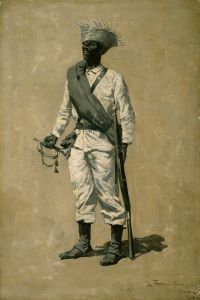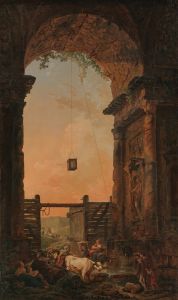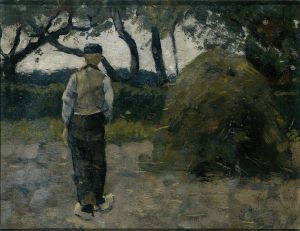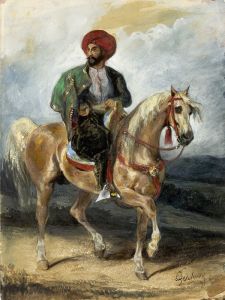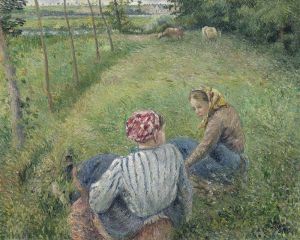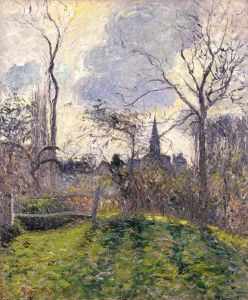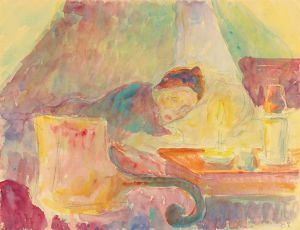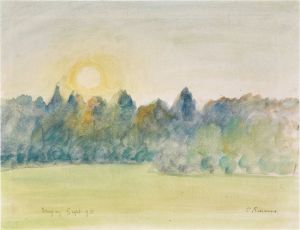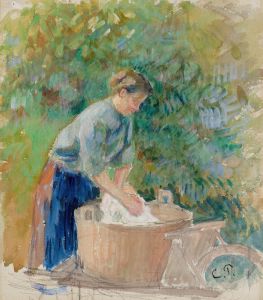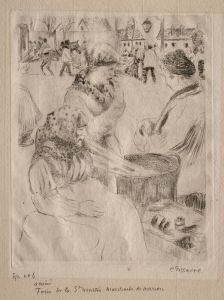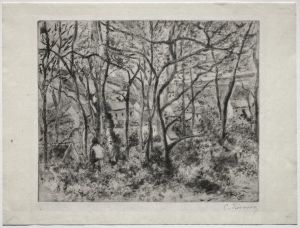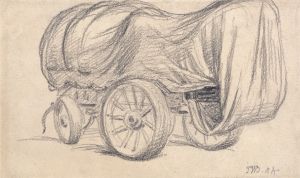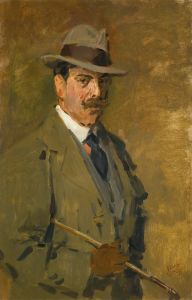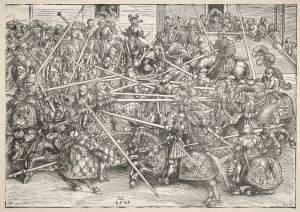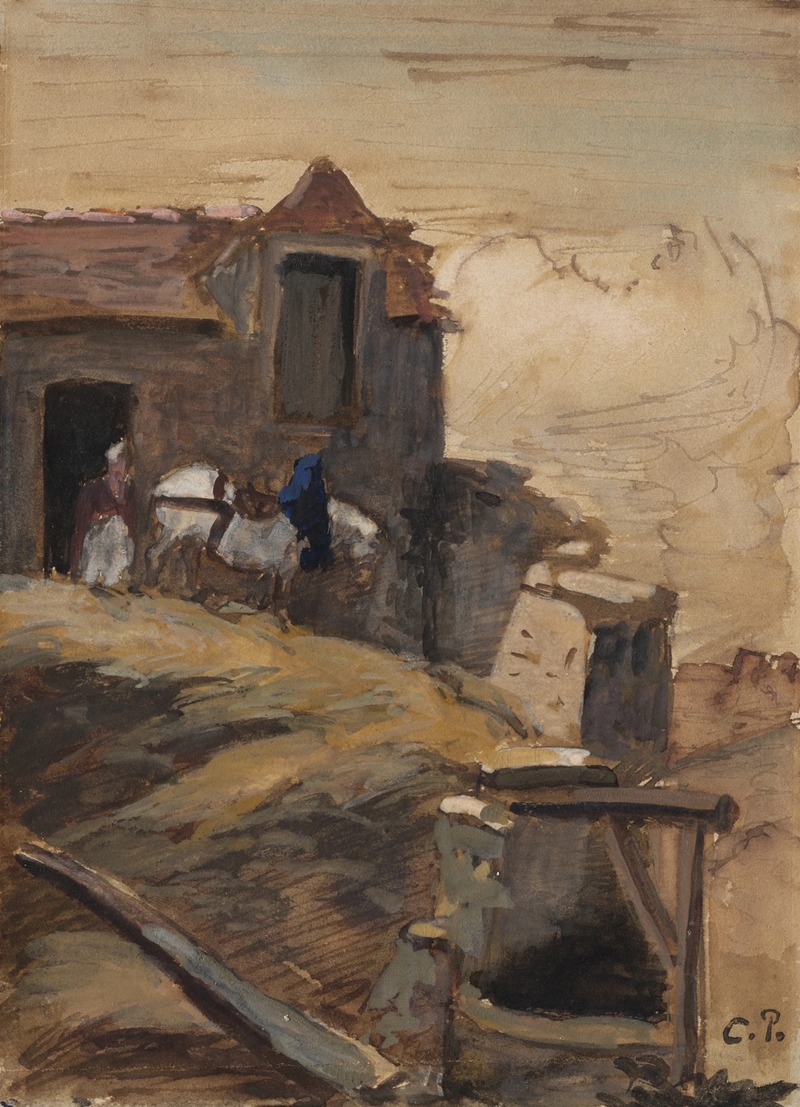
Cheval blanc devant une ferme
A hand-painted replica of Camille Pissarro’s masterpiece Cheval blanc devant une ferme, meticulously crafted by professional artists to capture the true essence of the original. Each piece is created with museum-quality canvas and rare mineral pigments, carefully painted by experienced artists with delicate brushstrokes and rich, layered colors to perfectly recreate the texture of the original artwork. Unlike machine-printed reproductions, this hand-painted version brings the painting to life, infused with the artist’s emotions and skill in every stroke. Whether for personal collection or home decoration, it instantly elevates the artistic atmosphere of any space.
Camille Pissarro, a prominent figure in the Impressionist movement, created the painting "Cheval blanc devant une ferme" (White Horse in Front of a Farm) in 1873. This artwork exemplifies Pissarro's dedication to capturing rural life and the natural environment, themes that were central to his oeuvre. Pissarro, born in 1830 on the island of St. Thomas, was a Danish-French painter who played a crucial role in the development of Impressionism and Post-Impressionism. He was known for his innovative use of color and light, as well as his commitment to painting en plein air, or outdoors, to capture the transient effects of light and atmosphere.
"Cheval blanc devant une ferme" is a testament to Pissarro's ability to depict the serene beauty of the countryside. The painting features a white horse standing in front of a rustic farm setting, surrounded by lush greenery and a tranquil sky. Pissarro's brushwork in this piece is characterized by loose, expressive strokes that convey the texture of the horse's coat and the surrounding foliage. The composition is balanced, with the horse positioned slightly off-center, drawing the viewer's eye into the scene and creating a sense of depth.
The painting reflects Pissarro's interest in rural subjects, which was influenced by his time living in Pontoise and Louveciennes, regions known for their picturesque landscapes. Pissarro often depicted scenes of peasant life, agricultural labor, and the changing seasons, capturing the essence of rural France during the late 19th century. His work in this period was marked by a focus on the harmony between humans and nature, a theme that resonated with the broader Impressionist movement's interest in everyday life and natural settings.
Pissarro's technique in "Cheval blanc devant une ferme" demonstrates his mastery of color and light. He employed a palette of soft, muted tones to create a sense of calm and tranquility, while subtle variations in color and light suggest the time of day and atmospheric conditions. This approach was typical of Pissarro's work, as he sought to convey the fleeting qualities of light and weather in his landscapes.
Throughout his career, Pissarro was a mentor and collaborator to many other Impressionist artists, including Claude Monet, Paul Cézanne, and Edgar Degas. His influence extended beyond his own paintings, as he encouraged his contemporaries to explore new techniques and perspectives. Pissarro's commitment to innovation and experimentation helped to shape the direction of modern art, making him a pivotal figure in the history of painting.
"Cheval blanc devant une ferme" is a fine example of Pissarro's contribution to the Impressionist movement and his enduring legacy as a painter of rural life. The painting captures a moment of quiet beauty, inviting viewers to appreciate the simple elegance of the natural world. Through his art, Pissarro offered a window into the pastoral landscapes of 19th-century France, leaving a lasting impact on the art world and inspiring future generations of artists.





